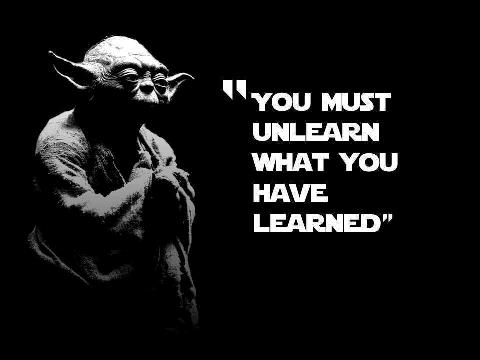We have covered what the subliminal audio is in one of the previous posts – to resume: it’s not SF, subliminal messages are actually a normal part of our life (it’s been like that since… well, since we exist) and normal people can use them to improve the quality of their lives.
That’s right 🙂
Today we’ll talk more about how this process works – i.e. how exactly the subliminal audio messages can help us to change our life for the better.
But to do this, we need to dive a bit into the neuroscience. Just a little.
Our Brain and the Learning Process

What happens in our brain when we learn new things is that the neurons (the nerve cells) connect with each other. There are billions of neurons and they can connect in countless three-dimensional patterns, which enables our brain to perform hundreds of thousands of functions every second. Every single second.
Now, that’s too much for any living creature to do consciously, but these processes just need to be done; most of them are the automatic processes that keep our body functional. But one part of them are the sensory stimuli we can’t manage to process on a conscious level: background noise as we walk through the park, a less important headline in the newspaper… This gets registered by the subconscious, and stored there.
But it’s not the occasional sensory stimuli that can make a mess in our life – we, as a species, have grown accustomed to them. It’s something else.
The subconscious part of our mind builds and stores our beliefs as well. When a thought or an idea gets repeated long enough, it creates a path in our subconscious and becomes a belief. This way we have learned that the sky is blue, that fire is hot.
When we listen to our parents when they say that we’re smart – we eventually believe them. When the society keeps affirming that we’re great – we eventually believe it. But we also believe if our parents say, or show, that we’re not so smart, when the society (or our perception of it) affirms that we’re not that great.
So there are positive beliefs, beneficial to us, and negative beliefs that make us doubt our worth. The second kind can sometimes become so overwhelming that it can seriously mess our lives and our ability to function as normal human beings.
How to Turn This Around?

Well, the same way one belief was created, we can create another one. But the process isn’t quite that straightforward.
The two main prerequisites for a thought to become a belief are:
- It has to be repeated, constantly
- It has to come from a trustworthy source.
As we can’t expect our parents and friends to keep repeating the positive statements to us for a period of time, another solution for the second prerequisite is to let the positive statements enter our subconscious directly.
You see, when we consciously use positive statements such as affirmations, our mind can decide not to believe it, and to dismiss them. So this way we literally bypass the obstacle that the conscious mind presents, and let the new, positive and beneficial beliefs take root. The messages are recorded in such a way that our conscious mind doesn’t even know they’re there – it hears something else, the sound of the ocean or fire burning. But our subconscious hears what we want it to hear.
The subliminal albums will take a while to work – after all, the old beliefs weren’t built in a day. Repetition is very important, as it allows a newly formed idea to grow and to strengthen in our mind. With time it will become a solid belief that we will nurture with actions.
And it really doesn’t matter what we do while listening to the album with subliminal statements; as the whole point is to keep the conscious mind engaged elsewhere while these messages enter our subconscious, we can wash dishes, read a book or do anything else while listening to the album.
But the effort still needs to be made. More on that in our blog post How Subliminal Messages can Stimulate Positive Changes.

Sorry, the comment form is closed at this time.